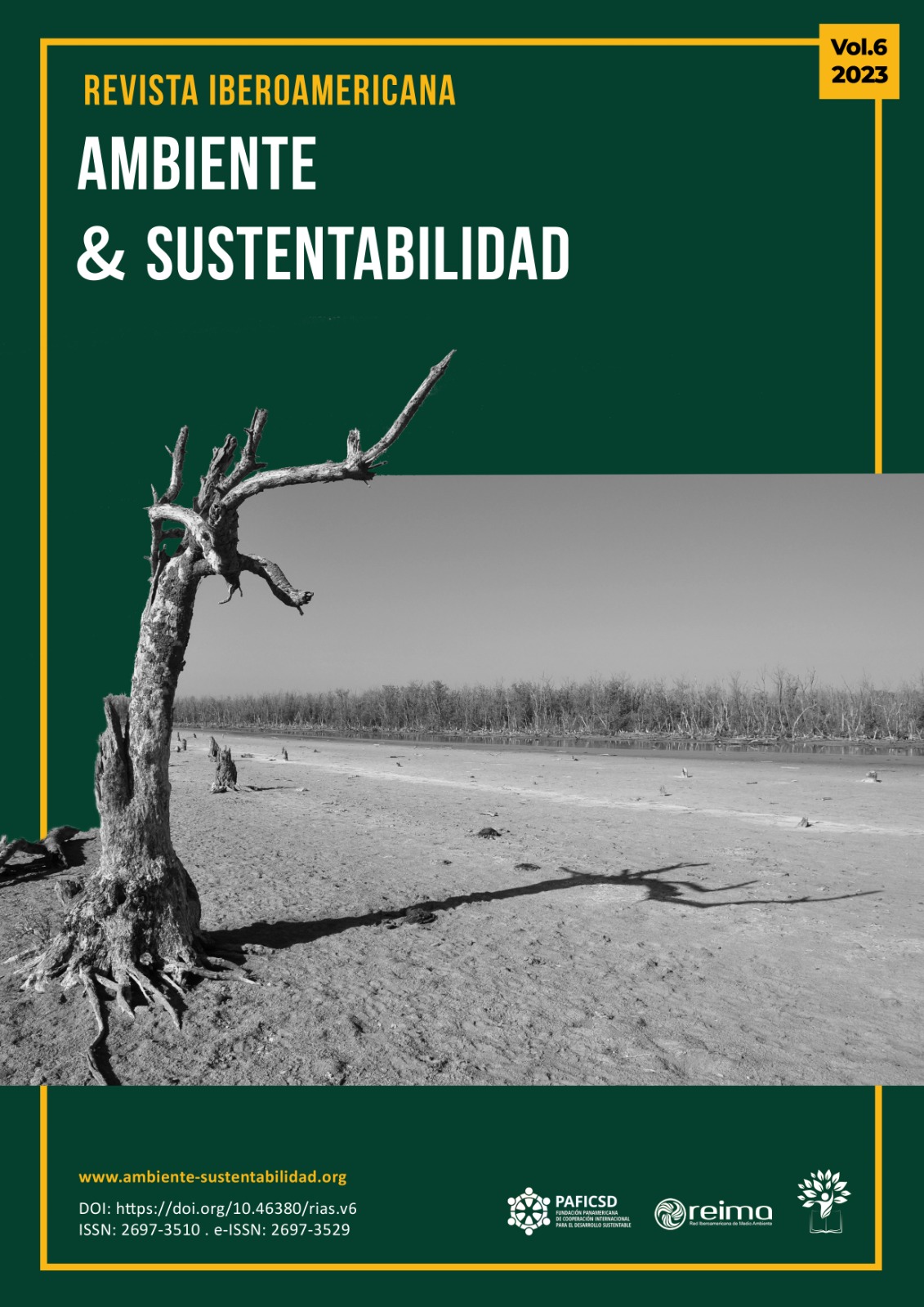Model for the sustainable management of inorganic solid waste in the Valle de Zamora region, Michoacán
DOI:
https://doi.org/10.46380/rias.vol6.e318Keywords:
academic sector, business sector, economic well-being, environmental education, government sector, regional developmentAbstract
This paper presents the design of a sustainable model for inorganic solid waste management, in the Valle de Zamora region in Michoacán, Mexico; a region made up of the municipalities of Zamora and Jacona. A mixed research approach was developed: qualitative through field observation, semi-structured interviews with key informants and empirical knowledge; and quantitative through inferential statistics for the selection of a population sample that was surveyed. The problems in the handling and management of waste that were found with the naked eye were: in the form of inadequate deposits in the streets, clandestine dumps and in green areas. Making this evident, the lack of both a relevant model of management and management of inorganic solid waste, as well as a strategic planning that avoids the increase in waste generated by the population. As a result, not only was an adequate model for the region obtained, but also the need for joint participation between the academic, business, and government sectors in matters of environmental education and sustainability training was discovered, evidencing the need for participation of all the population in order to achieve the application of this sustainable model of inorganic solid waste management.
Downloads
Metrics
References
Barrera, I., Hernández, G. y Mendoza, C. E. (2022). Los rellenos sanitarios, una solución paliativa a la problemática de residuos sólidos en Zamora, Michoacán, México. LATAM Revista Latinoamericana de Ciencias Sociales y Humanidades, 3(2), 1111-1126 https://doi.org/10.56712/latam.v3i2.170
Banco Mundial. (2019). Población total México. https://acortar.link/sRDpP1
Castells, E. (2012). Clasificación y gestión de residuos. Ediciones Díaz de Santos.
Castro, F. (2020). Zamora genera más de 200 toneladas de basura al día. El Sol de Zamora. https://acortar.link/wPtmSk
Cisneros, S. (2022). Zamora Michoacán ¿Qué hacer y cómo llegar? México Desconocido. https://acortar.link/M2mrHQ
Espaliat, M. (2017). Economía Circular y sostenibilidad. Nuevos enfoques para la creación de valor CreateSpace. https://acortar.link/mCFBHN
Fonseca, V. M. y Barrera, I. (2023). Propuesta de implementación de las 3R en residuos sólidos como aportador al desarrollo regional. Ciencia Latina Revista Científica Multidisciplinar, 7(1), 3247-3259. https://doi.org/10.37811/cl_rcm.v7i1.4652
Fresno, C. (2019). Metodología de la investigación científica: Así de fácil. El Cid Editor.
Gobierno de España. (2020). Estrategia Española de Economía Circular y Planes de Acción. Ministerio para la Transición Ecológica y el Reto Demográfico. https://acortar.link/pYlfao
Hernández-Sampieri, R. y Mendoza, C. (2018). Metodología de la investigación. Las rutas cuantitativa, cualitativa y mixta. McGraw-Hill.
Instituto Nacional de Estadística y Geografía. (2020). Población total México. https://acortar.link/x3n3Qe
Jiménez-Martínez, N. M. (2021). La sustentabilidad universitaria en México: avances y desafíos. Revista Iberoamericana Ambiente & Sustentabilidad, 4, e152. https://doi.org/10.46380/rias.vol4.e152
Municipios.mx. (2023). Municipio Zamora, Michoacán. https://acortar.link/dNRERX
National Geographic. (17 de junio de 2019). Economía circular, un paso más allá del reciclaje. National Geographic España. https://acortar.link/6F3Xrj
Pérez, J. y Gardey, A. (diciembre de 2020). Definición de modelo de gestión. Definición. https://acortar.link/vQjHbY
QuestionPro. (2021). Tamaño de muestra. https://acortar.link/4JopGz
Rodríguez, A. y Pérez, A. O. (2017). Métodos científicos de indagación y de construcción del conocimiento. Revista Escuela de Administración de Negocios, (82), 175-195. https://doi.org/10.21158/01208160.n82.2017.1647
Santillán, M. (27 de julio de 2018). Una vida de plástico. Ciencia UNAM. https://acortar.link/8rDdR7
Televisión del Valle de Zamora. (24 de Julio del 2019). Dan seguimiento al proyecto Zamora Cero Basura. https://acortar.link/wF51LI
Vargas, M. C. (2015). De residuo a recurso. El camino hacia la sostenibilidad. I Recursos orgánicos. 1. Residuos agrícolas. Mundi-Prensa.
Vásquez, A. (2020). Metodología de la investigación. Manual del estudiante. Universidad de San Martín de Porres. https://acortar.link/rFa6xk
Published
How to Cite
Issue
Section
License
Copyright (c) 2023 Ismael Barrera Valdivia

This work is licensed under a Creative Commons Attribution-NonCommercial-ShareAlike 4.0 International License.
This work is licensed under a Creative Commons Attribution-NonCommercial-ShareAlike 4.0 International License (CC BY-NC-SA 4.0)
© This license allows users to distribute, remix, adapt, and build upon the material in any medium or format, provided that attribution is granted to the creator.














